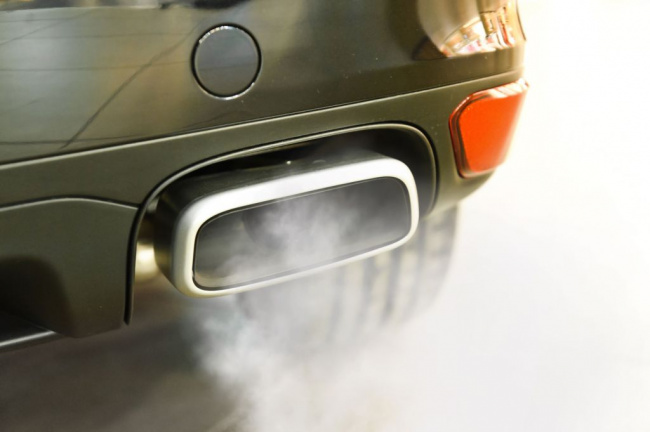The U.S. Environmental Protection Agency (EPA) on Wednesday released proposed new vehicle emissions regulations for new cars and trucks through 2032, a move it says could mean two out of every three new vehicles automakers sell will be electric within a decade.
The proposal requires 13% annual average pollution cuts and a 56% reduction in projected fleet average emissions over 2026 requirements in what will be the most aggressive U.S. vehicle emissions reduction plan to date if finalized. The EPA is also proposing new stricter emissions standards for medium-duty and heavy-duty trucks through 2032.
The EPA projects the 2027-2032 model year rules would cut more than 9 billion tons of CO2 emissions through 2055 – equivalent to more than twice total U.S. CO2 emissions last year as automakers and environmentalists have said the Biden administration is moving quickly in order to finalize new rules by early 2024 to make it much harder for a future Congress or president to reverse them.
The proposal range from $850 billion to $1.6 trillion in net profits through 2055 under the agency estimates. By 2032 the proposal would cost about $1,200 per vehicle per manufacturer, but save an owner more than $9,000 on average on fuel, maintenance, and repair costs over an eight-year period.
“A lot has to go right for this massive – and unprecedented – change in our automotive market and industrial base to succeed,” said John Bozzella, CEO of the Alliance for Automotive Innovation representing General Motors, Volkswagen, Toyota and others.
Read also: China says coastal sea levels hit new high in 2022
The proposal is more ambitious than President Joe Biden’s 2021 goal that sought 50% of new vehicles by 2030 to be electric vehicles (EVs) or plug-in hybrids and was backed by automakers.
The Biden administration is not proposing banning gasoline-powered vehicles, but wants comments on whether it should extend emissions rules through 2035 and on other alternatives as some environmental groups continue to call on the the EPA to set tougher rules, especially on heavy trucks.
Under the EPA proposal, automakers are forecast to produce 60% EVs by 2030 and 67% by 2032 to meet requirements – compared with just 5.8% of U.S. vehicles sold in 2022 that were EVs. The National Highway Traffic Safety Administration plans to propose parallel economy standards in the coming weeks.
Under the proposal, the EPA estimates 50% of new vocational vehicles like buses and garbage trucks could be EVs by 2032, along with 35% of new short-haul freight tractors and 25% of new long-haul freight tractors. Medium-duty vehicle rules are projected to cut emissions by 44% over 2026.
Story was adapted from Reuters.
